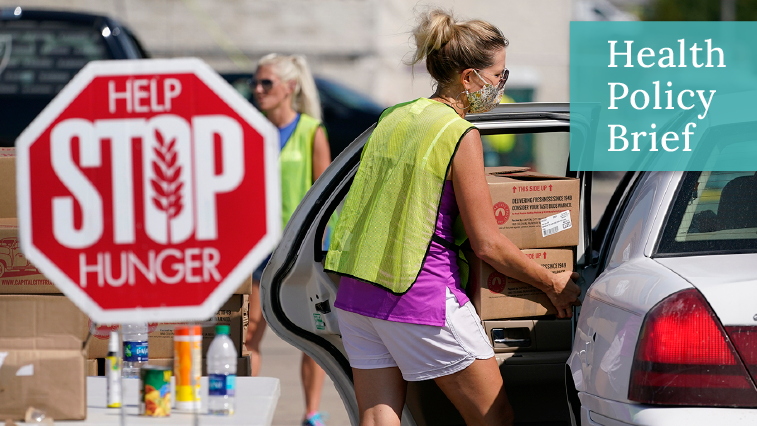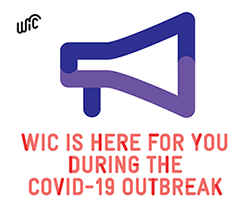
Low-income North Carolinians who received a monthly fruit and vegetable benefit during the COVID-19 pandemic enjoyed the flexibility to choose more and a greater variety of nutritious foods during a time of profound food insecurity, according to a new study in the Journal of Hunger & Environmental Nutrition.
Researchers from UNC-Chapel Hill interviewed participants in the Healthy Helping Fruit and Vegetable Program, which provided beneficiaries $40 per month to purchase fresh, frozen, or canned fruits and vegetables at a chain supermarket retailer. Funded by state allocations from the federal CARES Act and operated by Durham-based nonprofit Reinvestment Partners, the Healthy Helping program ran from June–December 2020 and was offered to adults enrolled in the Supplemental Nutrition Assistance Program (SNAP) who were experiencing additional food insecurity during COVID-19 pandemic.

“We know that targeted fruit and vegetable benefit programs work to increase access and improve dietary quality, but we wanted to learn more about the program experience from participants’ points of view,” said Molly De Marco, leader of the Food, Fitness + Opportunity Research Collaborative at the UNC Center for Health Promotion and Disease Prevention and the study’s lead author.
De Marco and colleagues conducted phone interviews with 10 participants from rural and urban locations and ranging in age from 34 to 72 years. Key themes that emerged included:
- Participants were thankful for the benefit. They purchased more and a greater variety of fruits and vegetables that would normally be outside their budget.
- Using Healthy Helping benefits freed up money to use on other expenses.
- Participants enjoyed being able to choose what foods to buy with the benefit. Several interviewees who were also enrolled in other food assistance programs (e.g., School Meals, USDA’s Farmers to Families Food Boxes, or Meals on Wheels) noted that a lack of choice in how, when, and what foods they received deterred them from continuing to use other programs.

The research team also surveyed a larger group of 200 participants to examine overall dietary quality and found that despite high levels of food insecurity, the foods and drinks consumed in Healthy Helping households were similar to those in the typical American diet.
“Based on previous research, we might expect these lower-income households with food insecurity to be eating fewer fruits, vegetables, and whole grains than higher-income households. Our finding that their diet quality was similar suggests some improvement among Healthy Helping households after enrolling in the program,” said Shu Wen Ng, co-author and Associate Professor of Nutrition and Co-Director of the Global Food Research Program. “We can’t be sure, though, since we had no dietary measures from before respondents enrolled in the program.”

This study supports previous research showing that targeted fruit and vegetable benefit programs are effective and well-liked. “Healthy Helping is a model that offers flexibility for families to make their own decisions about what and how much healthy food to purchase,” said first author Isabel Lu, Healthy Helping project coordinator. “With rising food costs due to inflation and ongoing supply-chain issues, low-income households continue to need greater financial access to healthier diets. Incentive programs like Healthy Helping can help fill this gap.”
Options for expanding programs like Healthy Helping could occur through SNAP, as an additional benefit, or through healthcare settings. Healthcare payers who share an interest in improving patients’ dietary intake and overall health are pilot testing such benefits as a reimbursable, “produce prescriptions.”
This research was supported by the North Carolina Department of Health and Human Services from their Coronavirus Aid, Relief, and Economic Security (CARES) Act allocation via a grant to Reinvestment Partners.
AUTHORS
Isabel Lu
Brett Sheppard
Shu Wen Ng
Sarah Burstein
Emile Charles
Taylor Williams
Molly De Marco
READ MORE ABOUT FOOD ASSISTANCE DURING THE COVID-19 PANDEMIC:

Changes to nutrition assistance programs during COVID-19

Increased WIC cash vouchers for fruits & vegetables